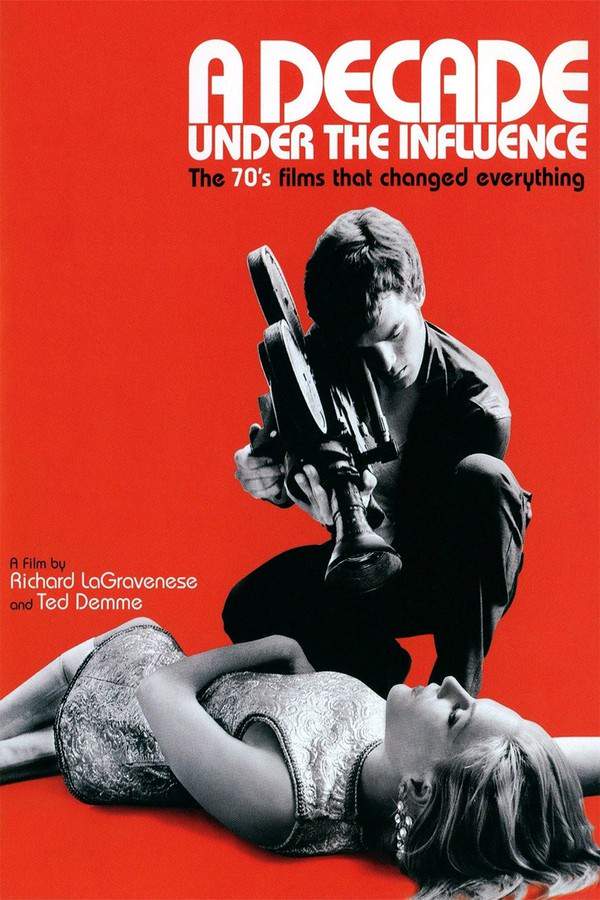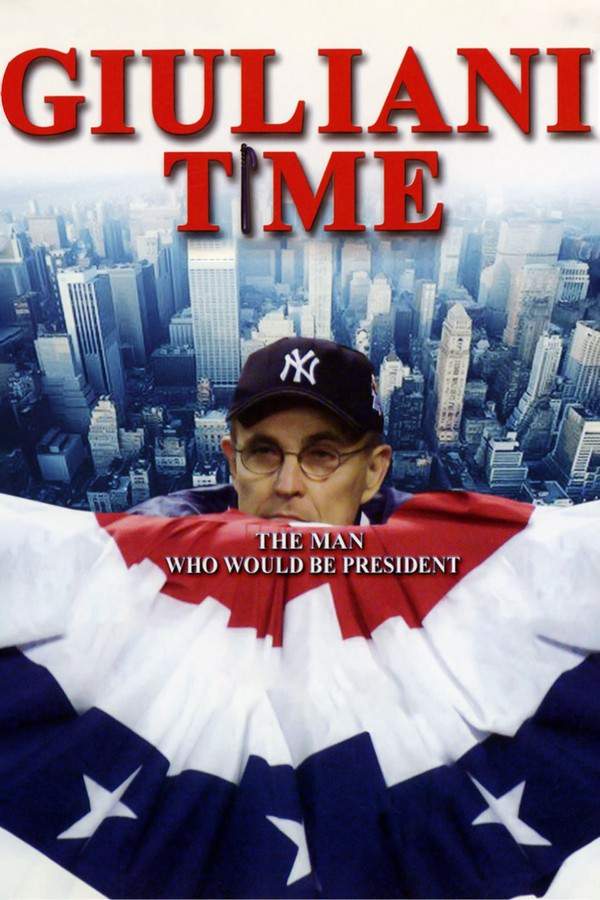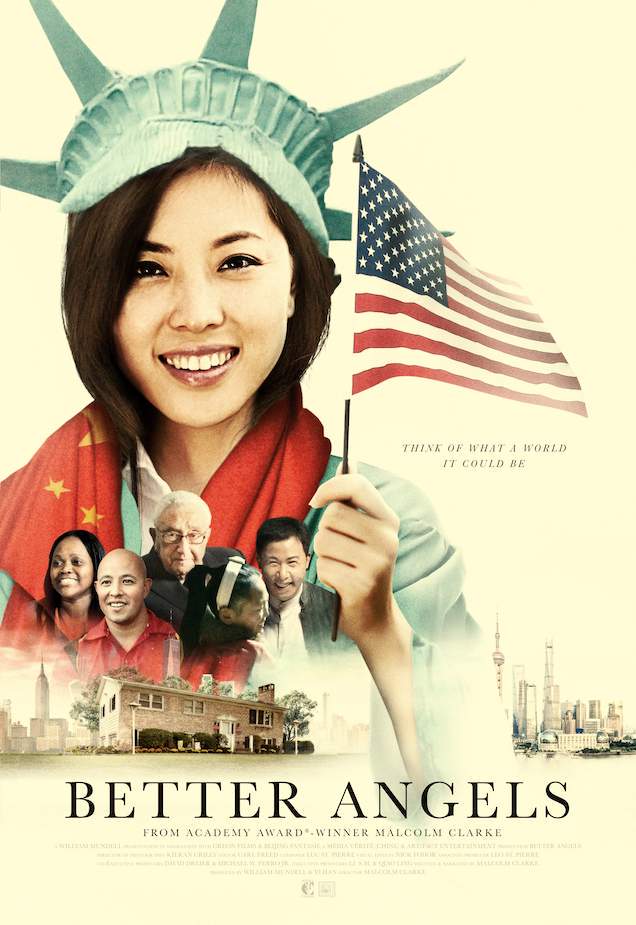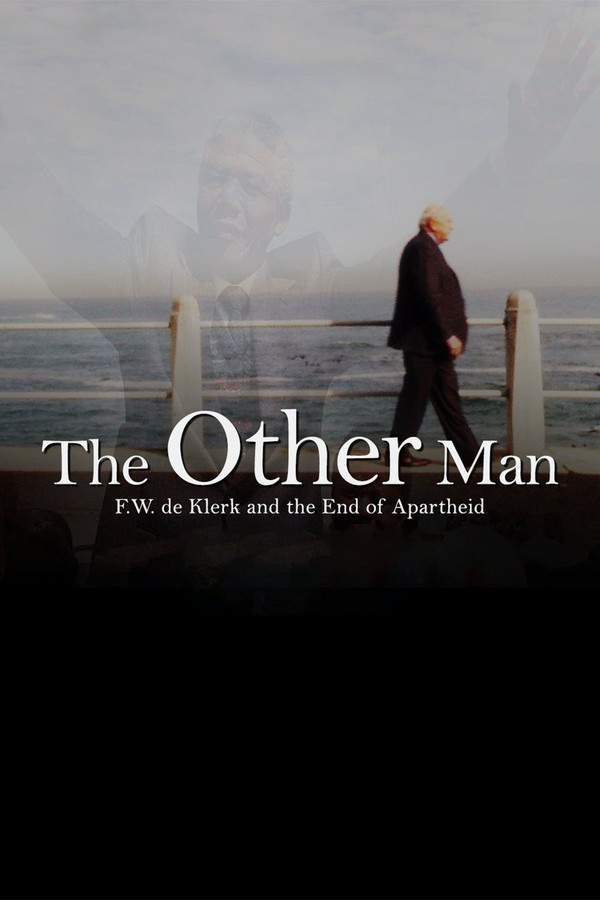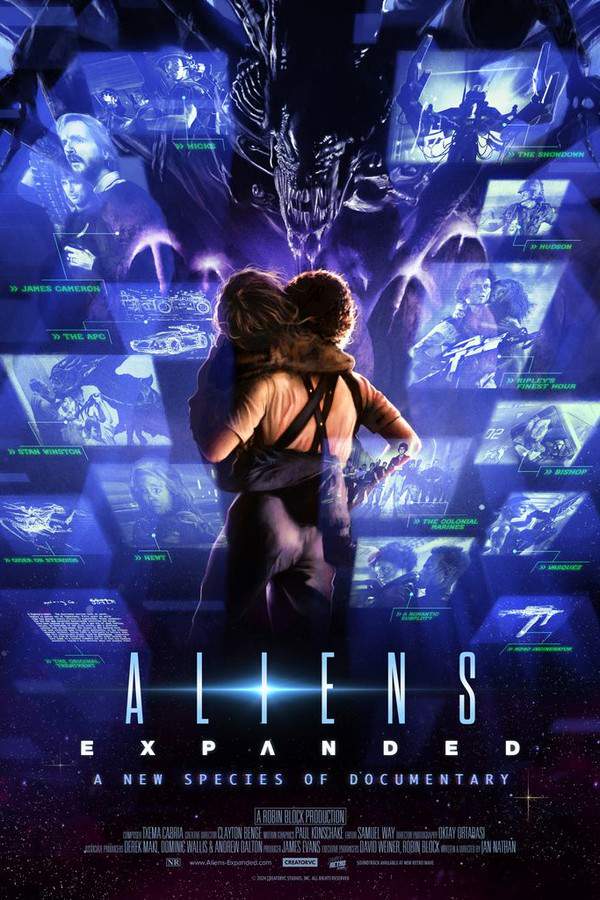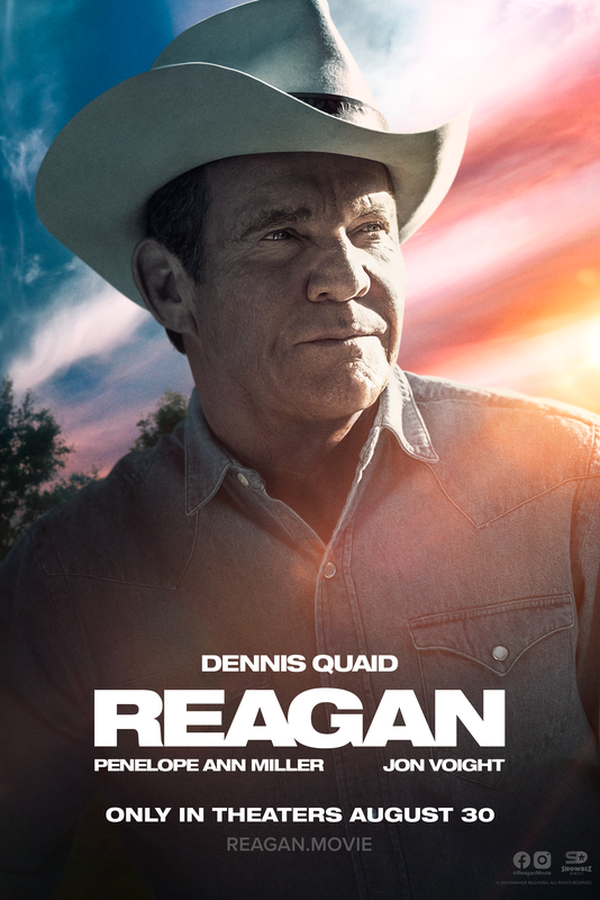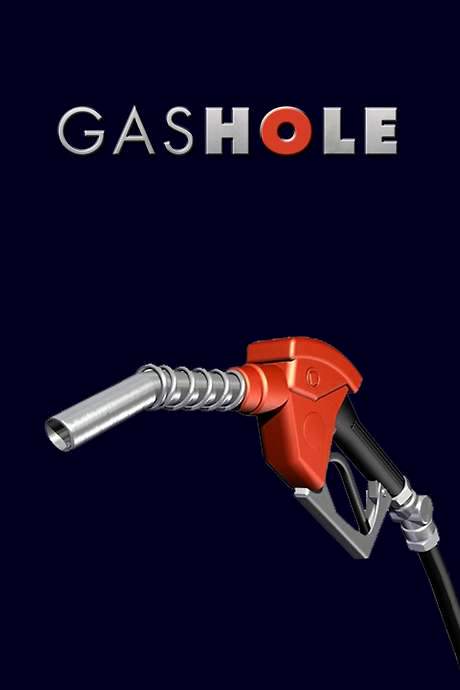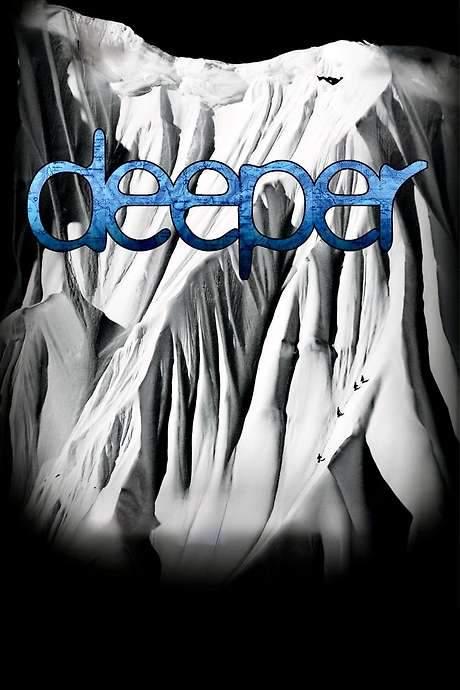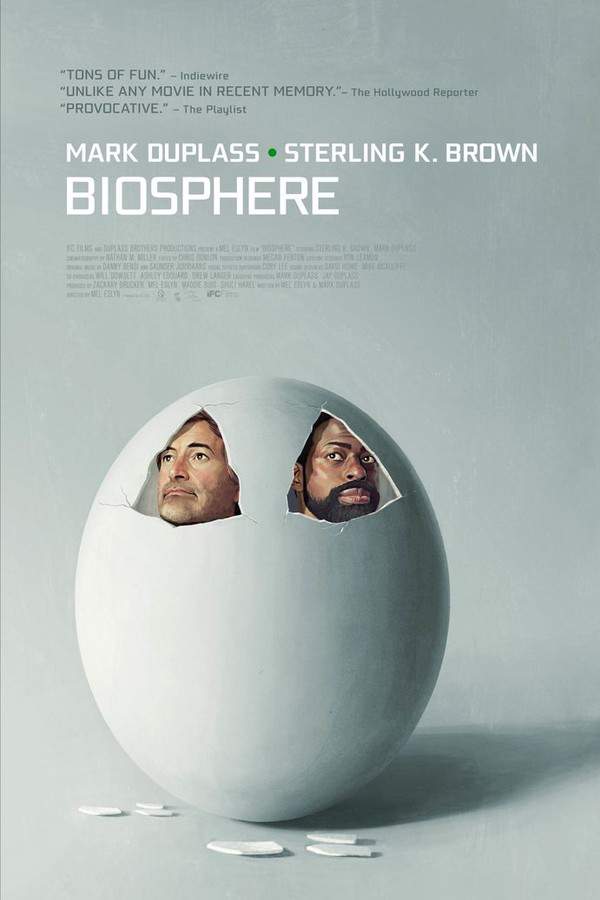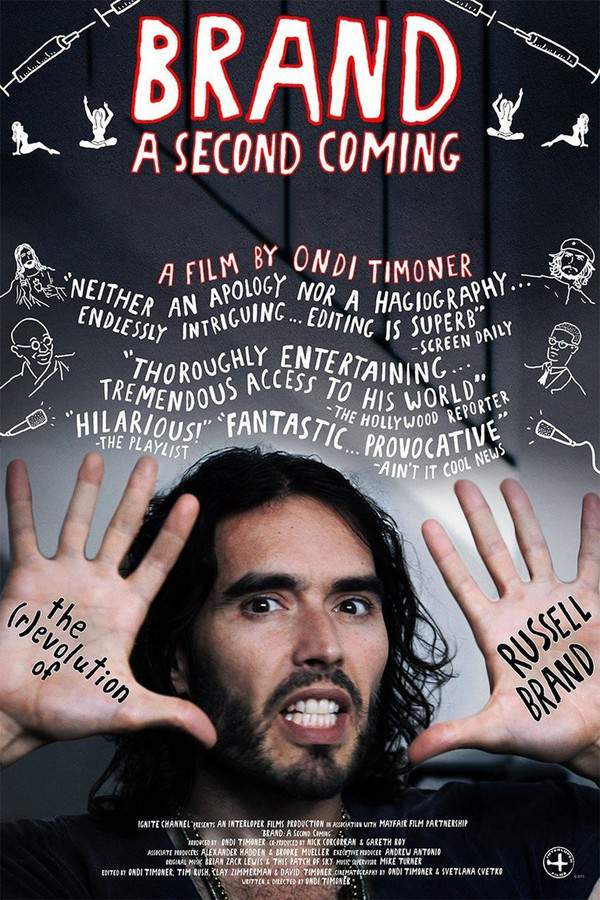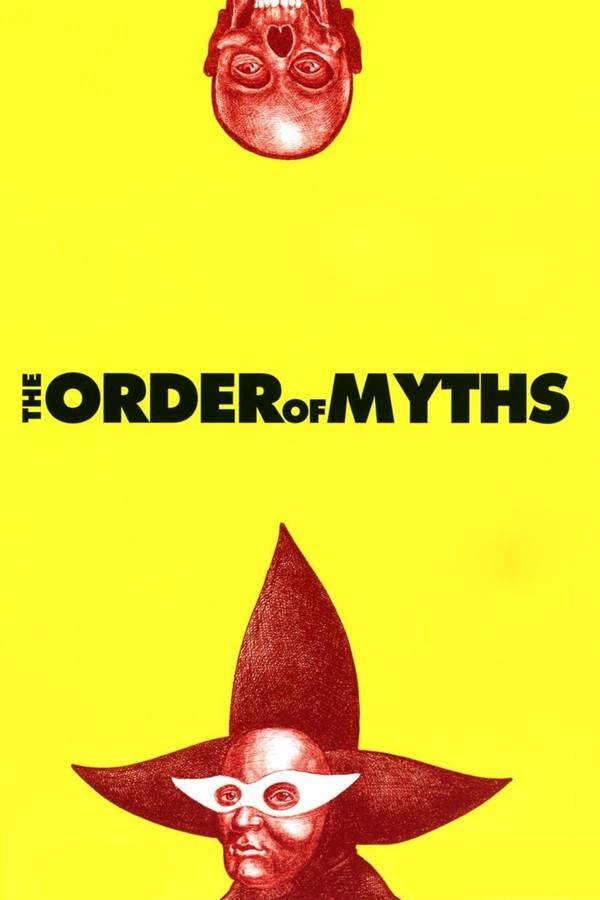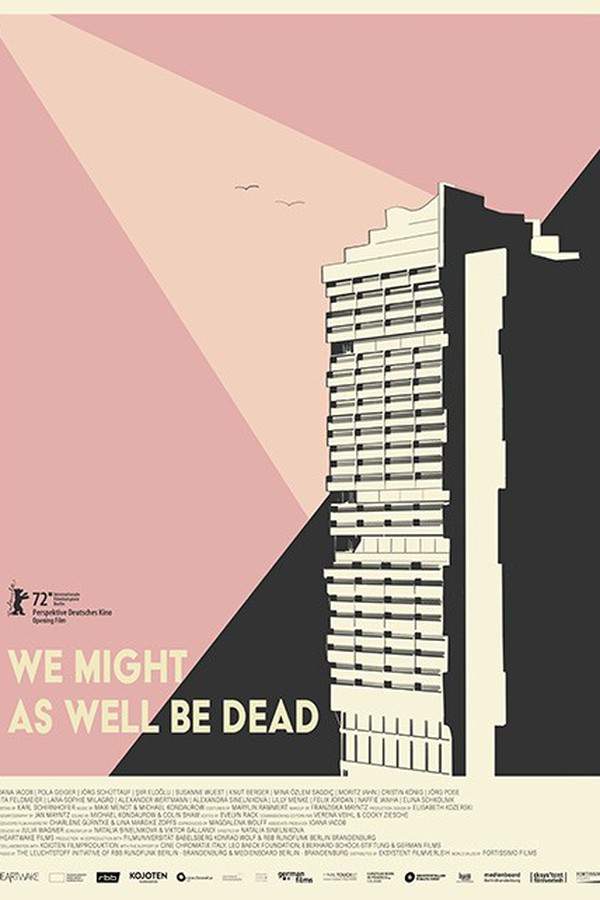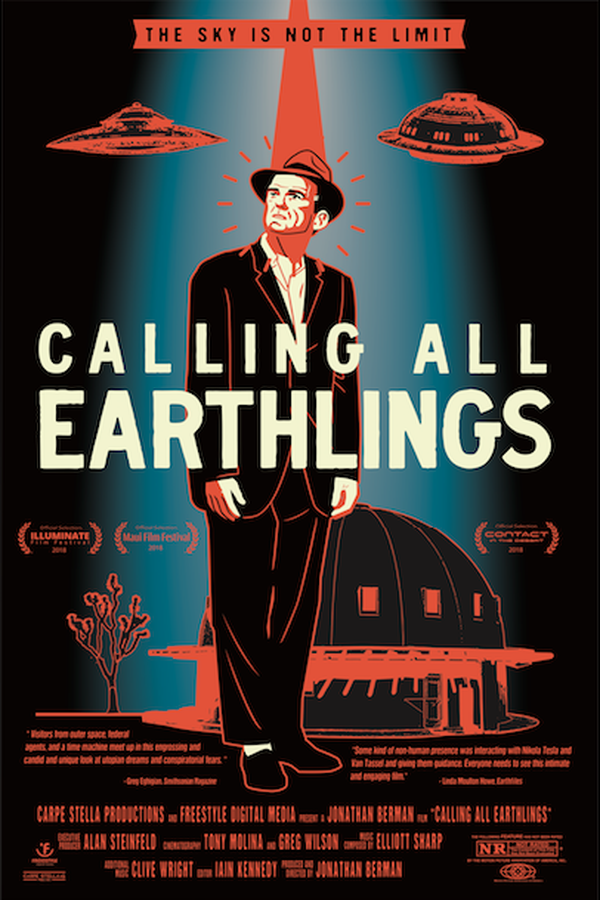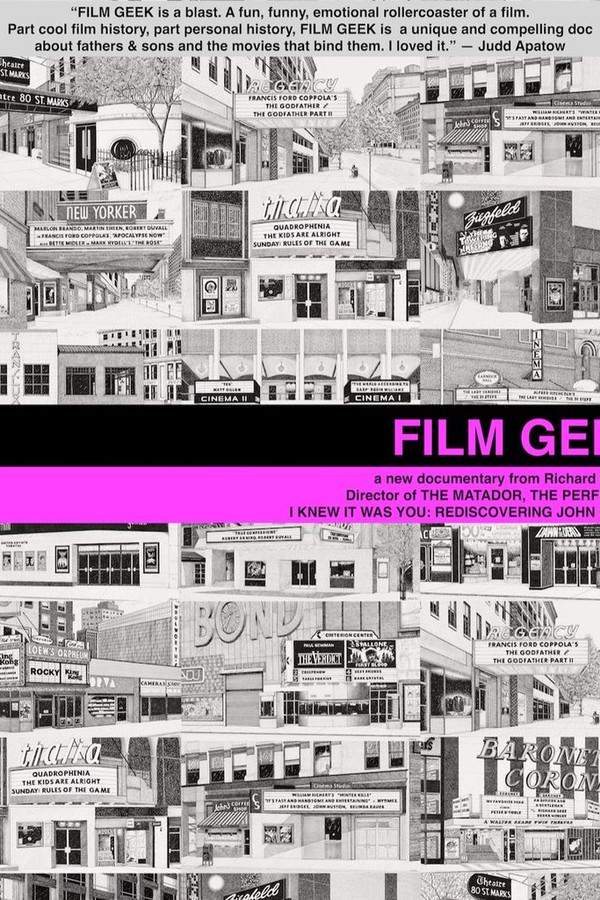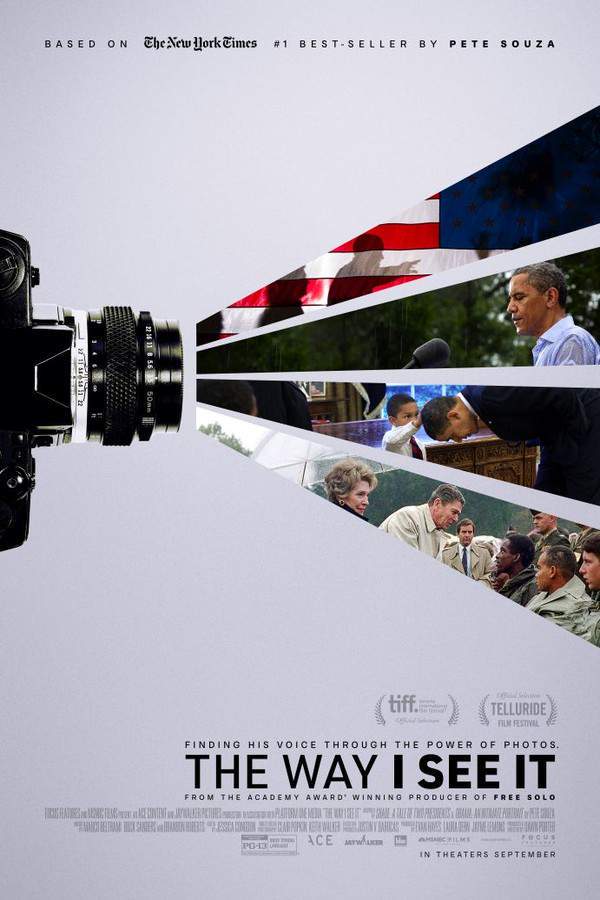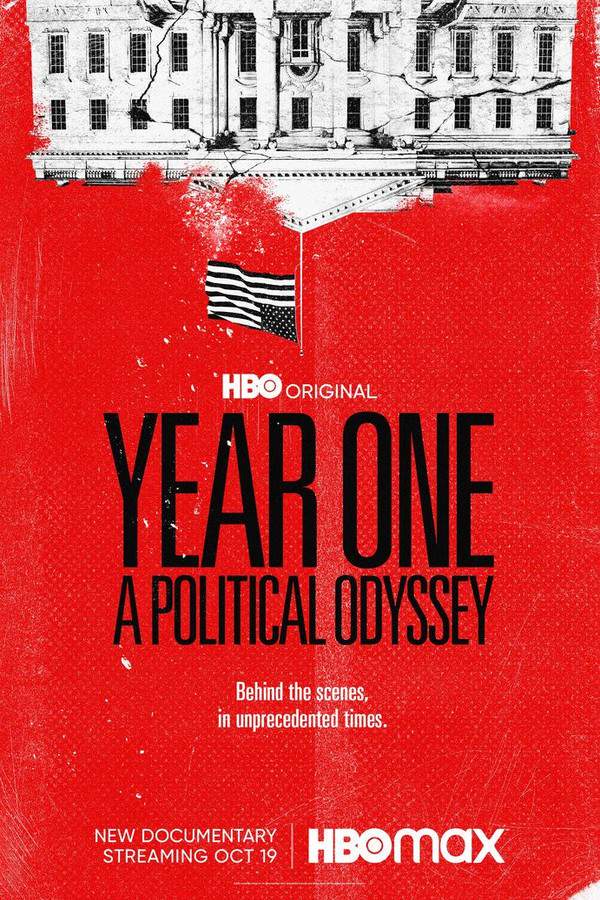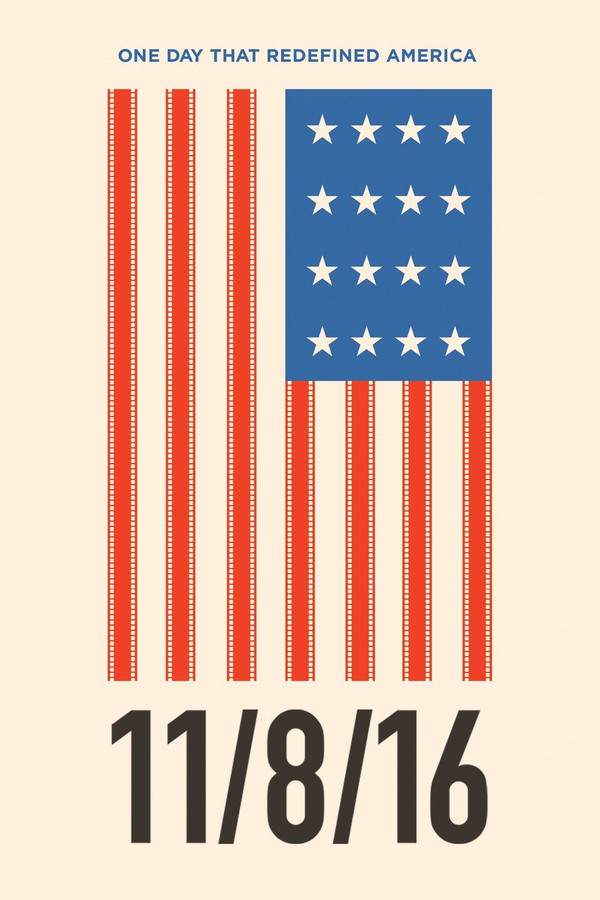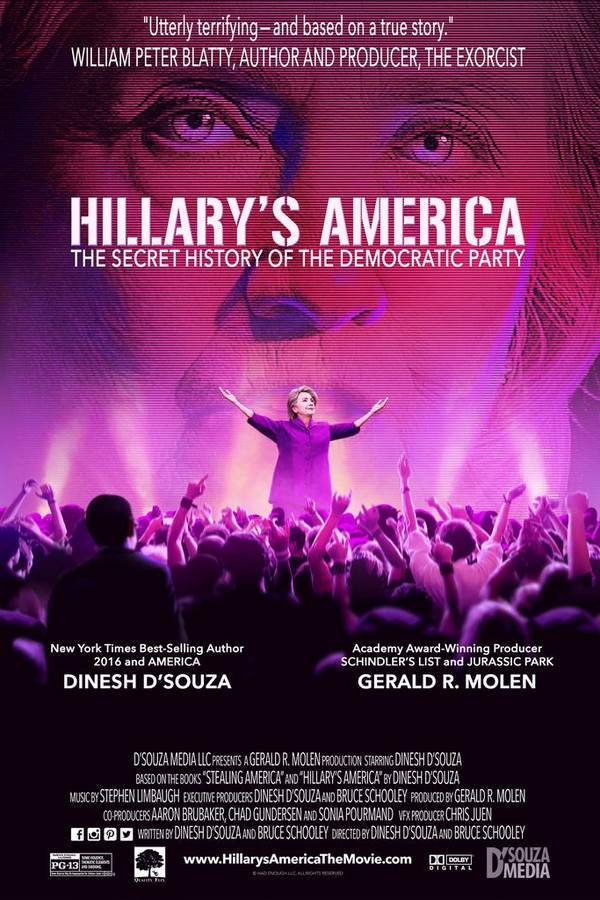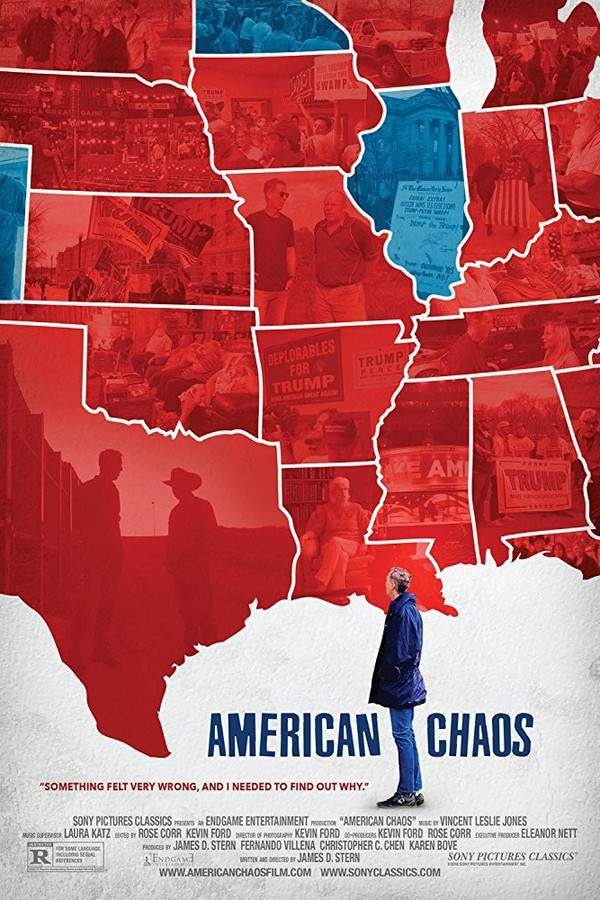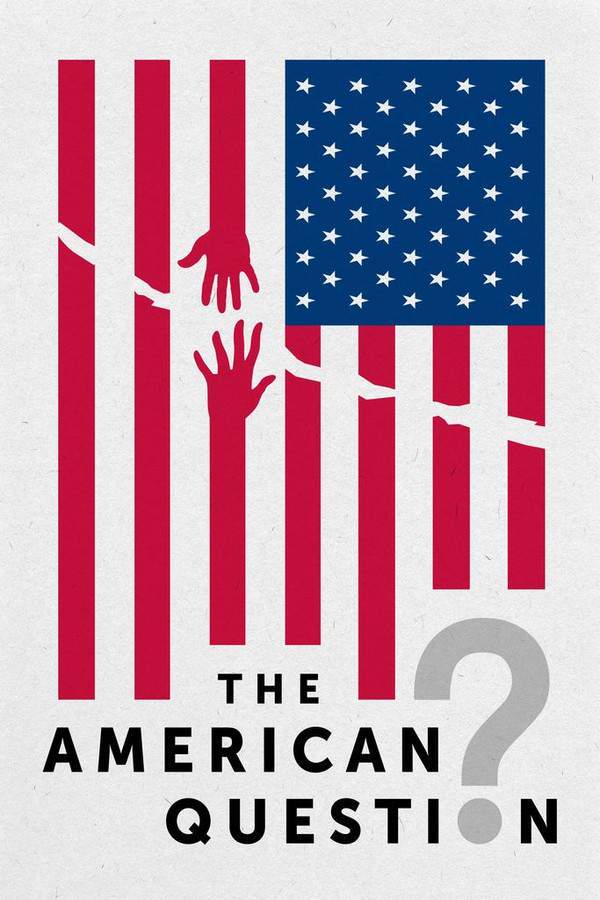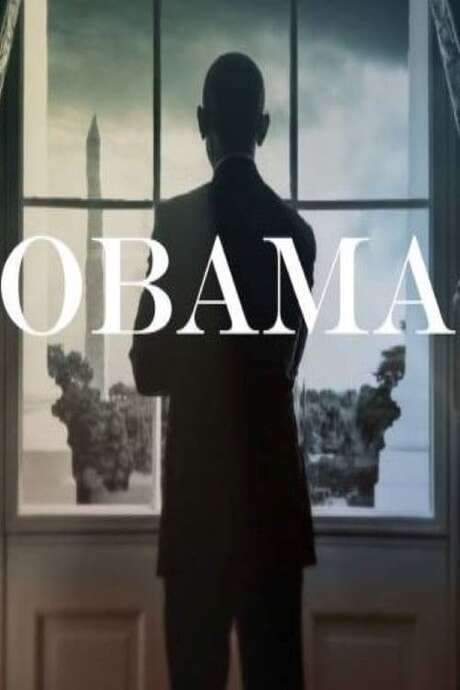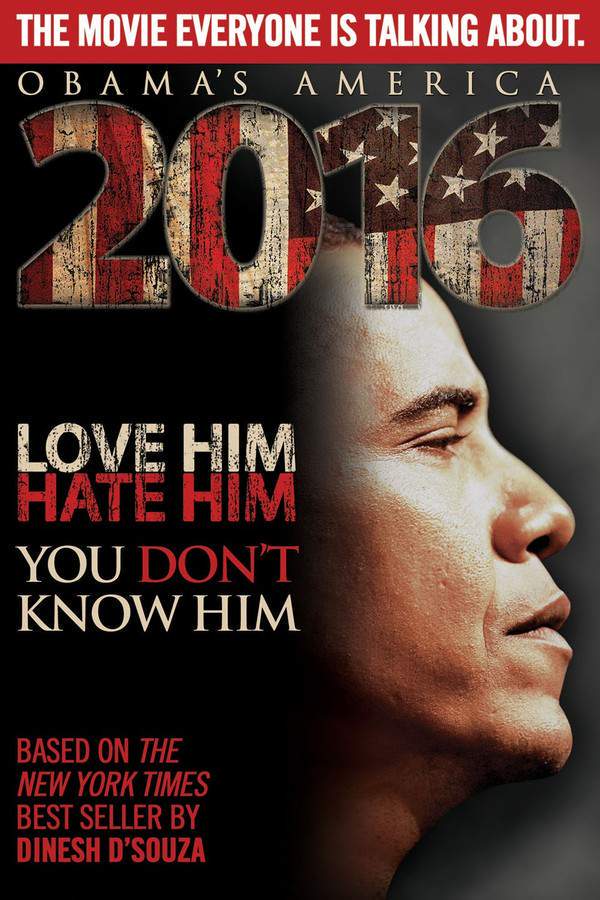
2016: Obama's America
Year: 2012
Runtime: 87 min
Language: English
Directors: Dinesh D'Souza, John Sullivan
As the 2016 election approaches, this documentary follows best-selling author Dinesh D’Souza as he investigates Barack Obama's past and its potential influence on America's future. The film takes viewers on a journey across four continents, exploring Obama’s upbringing and connections, and examining the impact of his policies on a global scale. The documentary aims to uncover hidden aspects of Obama’s background and their possible ramifications for the nation.
Warning: spoilers below!
Haven’t seen 2016: Obama's America yet? This summary contains major spoilers. Bookmark the page, watch the movie, and come back for the full breakdown. If you're ready, scroll on and relive the story!
2016: Obama's America (2012) – Full Plot Summary & Ending Explained
Read the complete plot breakdown of 2016: Obama's America (2012), including all key story events, major twists, and the ending explained in detail. Discover what really happened—and what it all means.
A profound exploration into the soul of America’s influential office unveils the struggle of whether a singular man’s past will come to reshape the nation over the upcoming four years. This documentary poses a compelling question: “If Obama wins a second term, where will we be in 2016?”
In 2008, individuals both in America and around the world yearned for a leader capable of unifying a nation battered by economic challenges and conflicts. Much aligned with America’s foundational ideals, they placed their trust in a transformative new leader—Barack Obama. Little did they realize that Obama carries a deep-rooted past, significantly influencing his identity, ideology, and aspirations for both America and the globe.
The journey unfolds under the guidance of Dinesh D’Souza, a bestselling author racing against the clock to uncover Obama’s history and predict American’s fate in 2016. This voyage spans four continents, revealing how the concepts of hope and change have been radically misinterpreted, while also highlighting potential flashpoints for significant global conflicts. This narrative weaves through the remnants of old colonial empires into America’s promising vision of liberty, illustrating the shifting dynamics among nations and plotting the global future.
Drawing inspiration from his book, The Roots of Obama’s Rage, the film traces Barack Obama’s lineage back to Kenya’s fight for independence. The audience is presented with a medley of historical clips, Election Day footage, and iconic moments from his inauguration. The narrator, emphasizing that “we are all shaped by our past,” introduces us to Dinesh D’Souza’s childhood experiences as a young immigrant from India to Dartmouth College in 1978. Amidst misinterpretation of cultural landmarks, D’Souza reveals the stark contrasts in his upbringing compared to what he envisioned. Rising through the ranks of renegade conservatives, D’Souza was a proud member of the Reagan generation, landing a position within the White House, disregarding his immigrant status.
As the film transitions to Obama’s election, the parallels between D’Souza and Obama become apparent—both men share similar demographics, including age, Ivy League educations, and a mixed-race background. Choosing a relatively unknown senator over established political figures, America saw a repeat of history reminiscent of Abraham Lincoln’s ascendancy.
Initially heralded with the slogan “hope,” Barack Obama’s leadership soon faced scrutiny. His critics, who once championed him, now lament the significant losses in wealth experienced during his presidency—the worst downturn since the Great Depression. D’Souza notes the oddities in Obama’s Democratic actions—supporting Argentina, hesitating on the Keystone Pipeline, restricting oil drilling while allocating funds abroad, and halting NASA initiatives. He intervenes in conflicts like Libya but remains passive regarding Syria, showing negligence towards America’s security against Iran, while siding with the Palestinians over Israel.
Obama’s father, who permeates his narrative, was born in Kenya during the 1930s, fathering two children from Africa before marrying Barack’s mother, Ann, in Hawaii. Upon returning to Kenya after pursuing education at Harvard, he essentially left his family behind. Reflecting on the psychologist Paul Vitz’s insights, D’Souza ponders how Obama’s estranged father influenced his life when he had little interaction with him. The warm remembrances from Obama’s mother, who often glorified his father, manifested in his quest to validate his significance.
As Obama’s childhood unfolds, we learn about the move to Jakarta, Indonesia, where additional hardships awaited. His stepfather, Lolo, painted a vivid picture of loss due to the Indonesian Revolution, amplifying the challenges that Ann Obama faced during this turbulent time. D’Souza draws a parallel to his own upbringing in British India, highlighting the detrimental legacies of colonialism.
We meet Dr. Alice Dewey, who reflects on her memories of young Obama, showcasing his inherent kindness and the impact of his mother’s teachings. Ann consistently emphasized resilience and principles, steering Barack down a path toward his father’s influence.
The narrative then takes us deep into Obama’s paternal heritage, where D’Souza journeys to Kenya, connecting the roots of Obama’s life with his father’s legacy. Despite familial complexities, Obama strives to confront his father’s ghost, depicting the reconciliation process while grappling with feelings of neglect during his childhood.
Discussing the ideological struggles of son and father, the documentary reveals Obama Sr.’s radical thoughts on wealth redistribution and government control over private industries. Amidst rising global economic powers flourished by capitalism—marking contrasts to America’s faltering economy—D’Souza questions Obama’s diplomatic tactics and his overarching anti-American perspective, while asserting the curiosity of how a president could maintain such views while leading the nation.
As Dr. Shelby Steele, a Senior Fellow at the Hoover Institution, observes, Obama’s historic election carries a significant racial undertone, showcasing America’s attempts to transcend racial barriers—even amidst potentially flawed decision-making.
Examining influential figures within Obama’s life, including Frank Marshall Davis—an anti-American journalist—and Bill Ayers, who once sought violent liberation through bombings, D’Souza investigates how these relationships informed Obama’s worldview. Conclusively, the film presents a critical examination of Obama’s foreign policy maneuvers, his stance on nuclear disarmament, and the economic responsibilities he shoulders.
The final moments resonate with a children’s choir praising Obama, encapsulating the pervasive sentiment of “Sing for Change.” The once-unforeseen reality of change is now palpable, leaving an open-ended reflection on whether we carry forward Obama’s democratic dream or one grounded in the principles of American tradition by 2016.
“The future is in our hands.”
Last Updated: October 25, 2024 at 11:44
Explore Movie Threads
Discover curated groups of movies connected by mood, themes, and story style. Browse collections built around emotion, atmosphere, and narrative focus to easily find films that match what you feel like watching right now.
Investigative Political Documentaries like 2016: Obama's America
Methodical films that critically examine the past and ideology of a major political figure.For viewers who enjoyed the analytical approach of 2016: Obama's America, this section features movies that critically examine political figures and their legacies. Discover similar documentaries that investigate a leader's past, ideological roots, and the projected future of their policies.
Narrative Summary
Films in this thread typically follow a researcher or journalist as they piece together a political figure's background, often traveling to key locations and interviewing experts. The narrative builds a case, connecting personal history to public policy, and often concludes with an open-ended question about the long-term ramifications of the leader's actions.
Why These Movies?
These documentaries are grouped by their shared investigative mood, analytical tone, and focus on political biography and ideology. They appeal to viewers interested in a reasoned, yet critical, exploration of power and its origins.
Movies with Ideological Inquiry like 2016: Obama's America
Stories that trace the roots of a belief system and leave its ultimate impact uncertain.If you liked how 2016: Obama's America explored political roots with an open-ended conclusion, this section is for you. Find films that delve into belief systems, whether political, social, or philosophical, and leave the final consequences for the viewer to contemplate.
Narrative Summary
The narrative pattern involves tracing the origin and development of an ideology—be it political, corporate, or personal—and examining its real-world effects. The conflict arises from the tension between the ideology's intent and its results, culminating in an ending that suggests possible futures without committing to one, fostering continued debate and reflection.
Why These Movies?
These films are united by their focus on ideological exploration, a moderate level of complexity in connecting ideas to actions, and an ambiguous ending that prioritizes thoughtful inquiry over neat resolution. They share a serious, steady-paced vibe that is more cerebral than emotional.
Unlock the Full Story of 2016: Obama's America
Don't stop at just watching — explore 2016: Obama's America in full detail. From the complete plot summary and scene-by-scene timeline to character breakdowns, thematic analysis, and a deep dive into the ending — every page helps you truly understand what 2016: Obama's America is all about. Plus, discover what's next after the movie.
2016: Obama's America Timeline
Track the full timeline of 2016: Obama's America with every major event arranged chronologically. Perfect for decoding non-linear storytelling, flashbacks, or parallel narratives with a clear scene-by-scene breakdown.
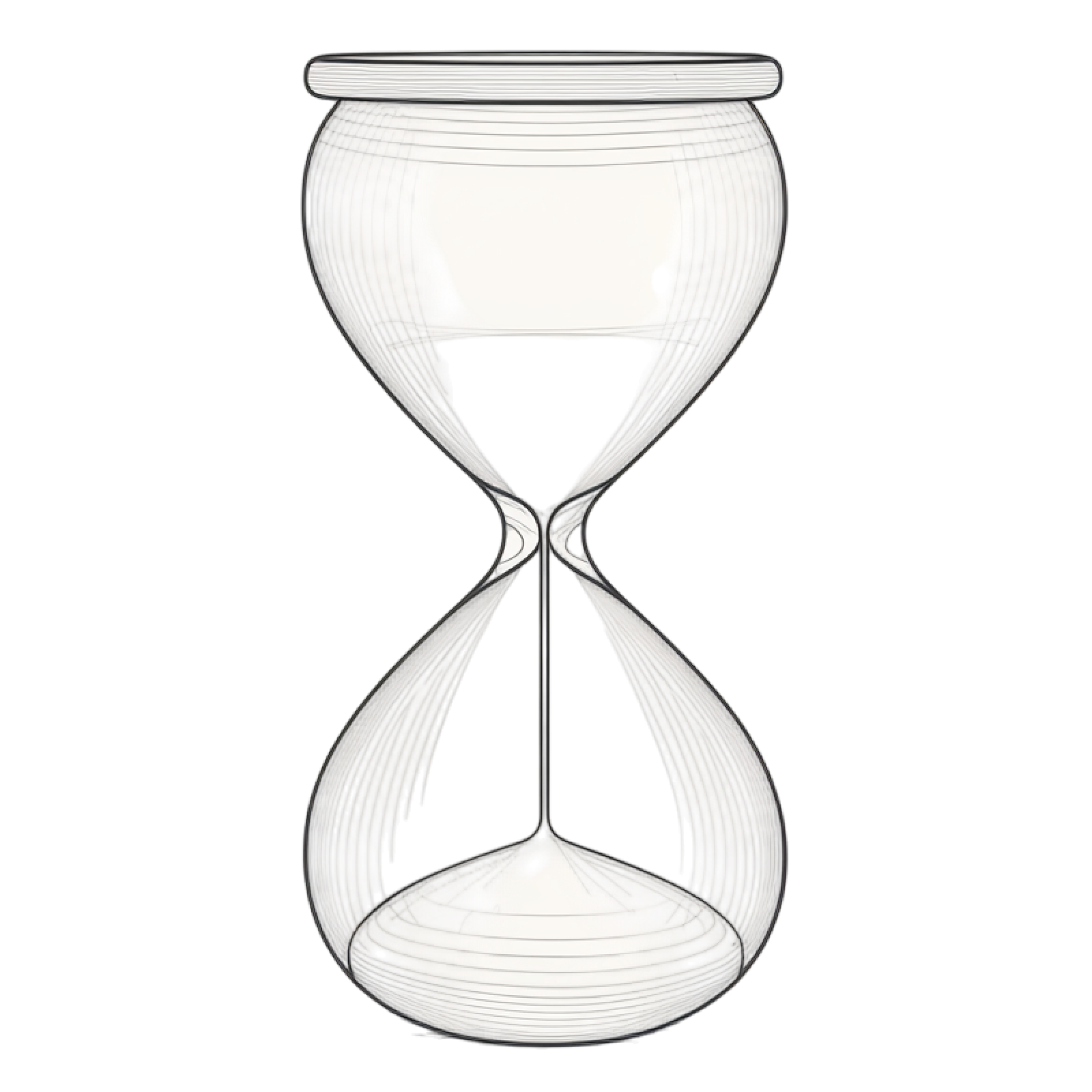
Characters, Settings & Themes in 2016: Obama's America
Discover the characters, locations, and core themes that shape 2016: Obama's America. Get insights into symbolic elements, setting significance, and deeper narrative meaning — ideal for thematic analysis and movie breakdowns.

2016: Obama's America Spoiler-Free Summary
Get a quick, spoiler-free overview of 2016: Obama's America that covers the main plot points and key details without revealing any major twists or spoilers. Perfect for those who want to know what to expect before diving in.

More About 2016: Obama's America
Visit What's After the Movie to explore more about 2016: Obama's America: box office results, cast and crew info, production details, post-credit scenes, and external links — all in one place for movie fans and researchers.

Similar Movies to 2016: Obama's America
Discover movies like 2016: Obama's America that share similar genres, themes, and storytelling elements. Whether you’re drawn to the atmosphere, character arcs, or plot structure, these curated recommendations will help you explore more films you’ll love.
Explore More About Movie 2016: Obama's America
2016: Obama's America (2012) Scene-by-Scene Movie Timeline
2016: Obama's America (2012) Movie Characters, Themes & Settings
2016: Obama's America (2012) Spoiler-Free Summary & Key Flow
Movies Like 2016: Obama's America – Similar Titles You’ll Enjoy
The Way I See It (2020) Plot Summary & Ending Explained
Year One: A Political Odyssey (2022) Plot Summary & Ending Explained
11/8/16 (2017) Story Summary & Characters
Hillary's America: The Secret History of the Democratic Party (2016) Film Overview & Timeline
American Chaos (2018) Full Movie Breakdown
The American Question (2024) Film Overview & Timeline
The Obama Years: The Power of Words (2017) Detailed Story Recap
Obamaland Part 1: Rise of the Trumpublikans (2017) Detailed Story Recap
Frontline: America’s Great Divide (2020) Ending Explained & Film Insights
Obama (1000) Complete Plot Breakdown
Obama: In Pursuit of a More Perfect Union (1000) Spoiler-Packed Plot Recap
We Are One: The Obama Inaugural Celebration at the Lincoln Memorial (2009) Full Summary & Key Details
Right America: Feeling Wronged (2009) Full Summary & Key Details
By the People: The Election of Barack Obama (2009) Story Summary & Characters
Police State (2023) Story Summary & Characters

